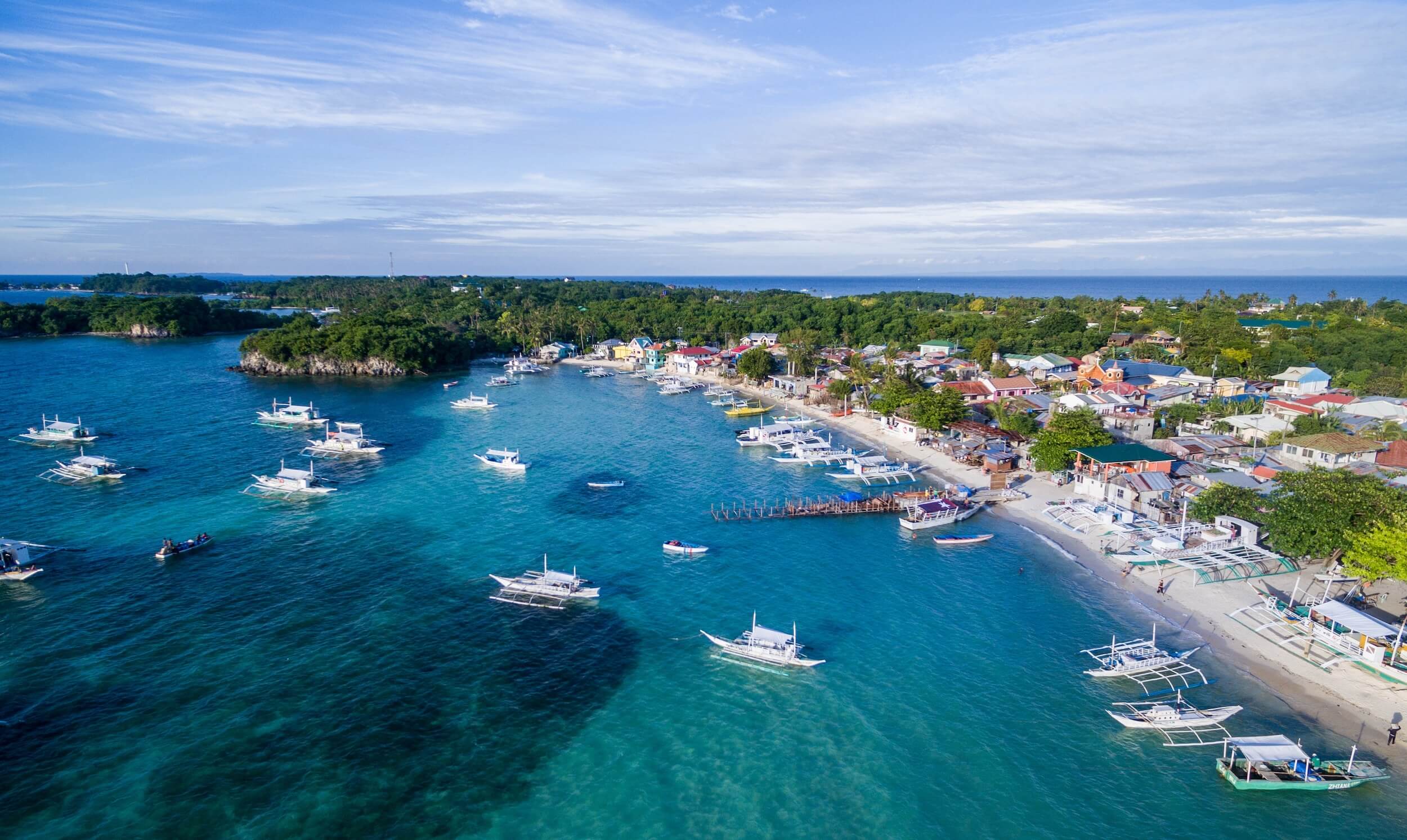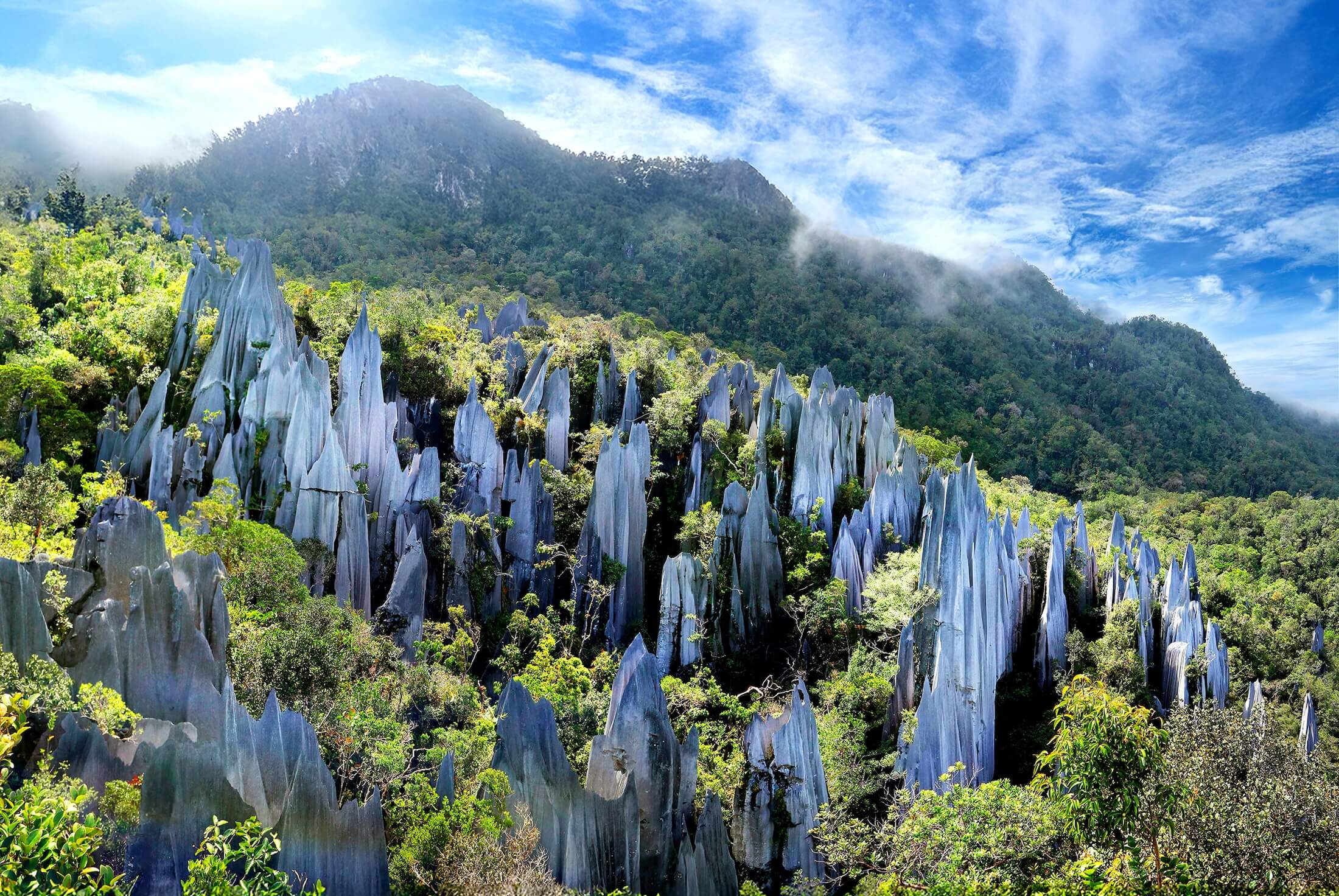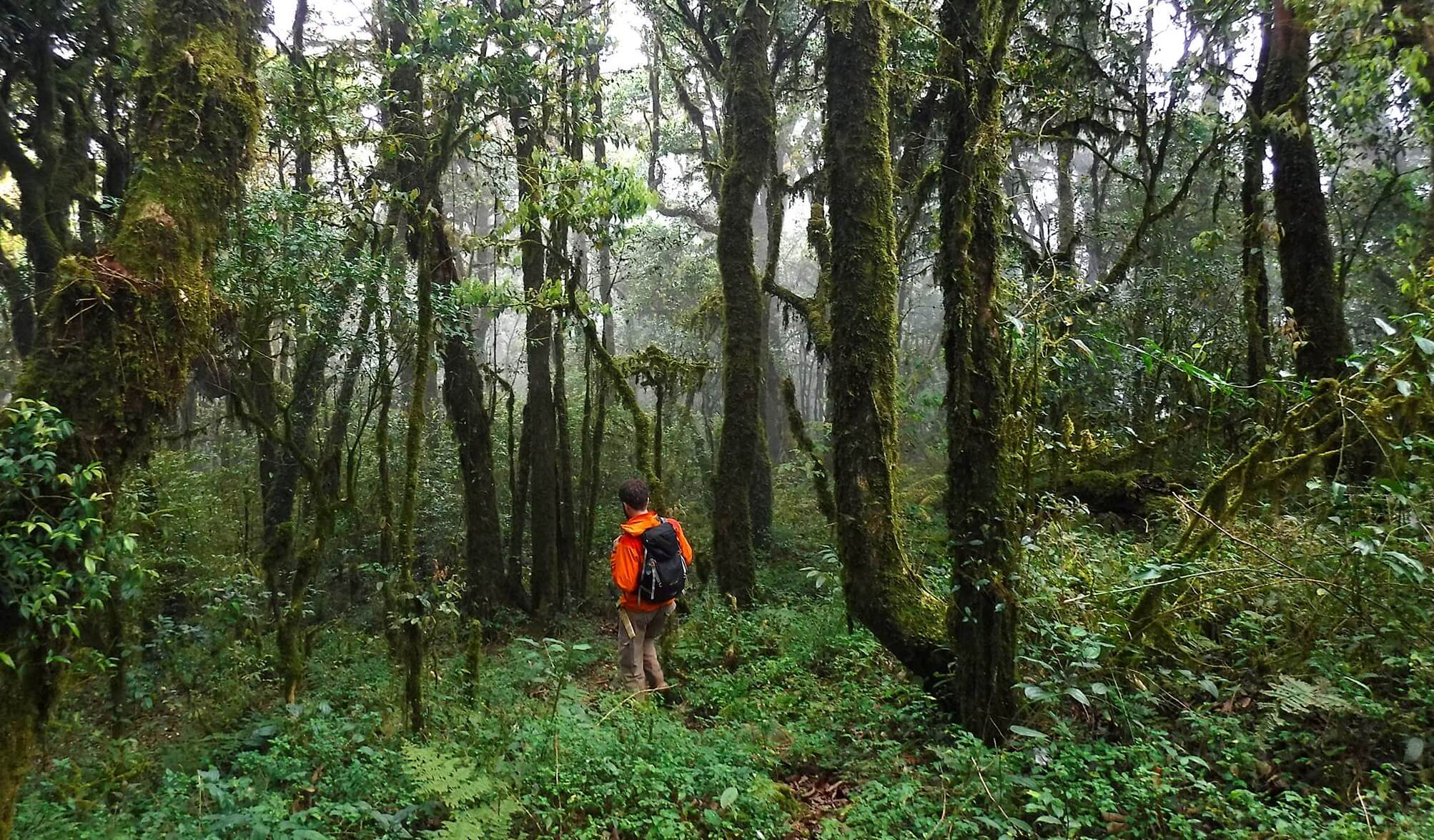




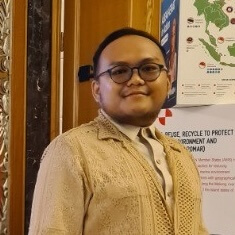



Eight years have passed since the world committed to keep the Earth's temperature rise to below 1.5 degrees Celsius during the 21st Conference of the Parties (COP21) in Paris in 2015. At the COP28 held in Dubai from 30 November to 13 December 2023, parties acknowledged that despite progress in mitigation, adaptation, and means of implementation and support, the world is not collectively on track to achieving the Paris Agreement’s purpose and long-term goals.
The Paris Agreement has established an evaluation mechanism called the Global Stocktake (GST) to ensure that global efforts to combat climate change stay on the right path. Article 14 defined GST as “the periodic action to take stock of the implementation to assess the collective progress towards achieving the purpose of the agreement and its long-term goals.” The result of the first GST was adopted at the COP28 in Dubai in 2023. GST is to be conducted every five years.
“The global stocktake is an exercise in ambition, accountability, and acceleration,” said UN Climate Change Executive Secretary Simon Stiell.
The GST is essential to assess all efforts made to combat climate change. The decision of the first Global Stocktake recalls Article 4, paragraph 9 of the Paris Agreement, which stipulates that parties must communicate a nationally determined contribution (NDC) every five years. Moreover, it encourages parties to communicate their NDC with an end date of 2035 by 2025, pursuant to paragraph 2 of decision 6/CMA.3. The outcome of the GST is relevant for all countries, including ASEAN countries, the most vulnerable to the impacts of climate change.
The mechanism presents a significant opportunity for ASEAN Member States to assess the adequacy of their current actions and identify gaps and opportunities for improvement in their NDCs and National Adaptation Plans (NAP). It also encourages countries to harmonise climate change efforts in the region through sharing best practices, exchanging views, identifying gaps and opportunities, mobilising resources, and implementing joint initiatives.
The first GST process unfolded in three components: data collection and preparation, technical assessment, and consideration of outputs, culminating in the release of the synthesis report in September 2023. The report outlines 17 key findings, shedding light on the global community’s efforts against climate change vis-a-vis the provisions of the Paris Agreement.
The first outcome of the GST report, which concluded in Dubai, expresses significant apprehension that 2023 could be the hottest year on record. This alarming projection has since been confirmed by agencies like the US National Oceanic and Atmospheric Administration (NOAA). The report underscores the need for immediate action and support to achieve the 1.5-degrees-Celsius goal and avert the climate crisis in this pivotal decade.
The first stocktaking decision also addresses some crucial topics, including adaptation and mitigation, means of implementation and support as well as loss and damage. One of the most significant decisions was to urge parties to “transition away from fossil fuels in energy systems in a just, orderly, and equitable manner.” It was hailed as the beginning of the end of fossil fuels, albeit the Alliance of Small Island States (AOSIS) raised concerns regarding what they perceived as inadequately ambitious language.
Moreover, the decision called for parties to support initiatives addressing loss and damage. It recalls Article 8 of the Paris Agreement, where parties acknowledge the significance of preventing, minimising, and addressing loss and damage associated with the adverse effects of climate change in a cooperative and facilitative manner.
There is apprehension about the widening adaptation finance gap and concern that developed countries are merely encouraged to report on doubling the collective provision of climate adaptation financing for developing country parties from 2019 levels by 2025.
The GST synthesis report also emphasises the IPCC’s Sixth Assessment Report (AR6) findings in March 2023. One of the critical findings confirms that based on NDCs, greenhouse gas (GHG) emissions will likely increase the global temperature to beyond 1.5 degrees Celsius in the 21st century and will make it even harder for parties to keep the increase from reaching the 2 degrees Celsius threshold. If we keep current global commitments, the planet will further heat up, soaring by a devastating 2.8 degrees Celsius by 2100—way beyond the Paris Agreement target. Meanwhile, adaptation gaps exist and will continue to grow at current implementation rates.
After the COP28 in Dubai, all parties must address the critical timespan from now the second GST in 2028. The initial GST will be a foundation for updating several essential documents, such as the NDC and Biennale Transparency Report (BTR).
According to decision 18/CMA.1, paragraph 3, the first BTR must be submitted by all parties by 31 December 2024, with the exemption of the least developed countries and small island developing states. The BTR is an integral component of the Paris Agreement’s Enhanced Transparency Framework (ETF), aimed to build mutual trust and confidence and promote effective implementation. Within the context of transparency, this document plays a pivotal role in the GST process, serving as a critical source of information. The report should encompass five separate chapters, with “National Inventory Report on GHG Emissions” and “Progress Made in Implementing and Achieving the NDC” as mandatory subjects. The report may include “Climate Change Impact and Adaptation” and “Financial, Technology Transfer, and Capacity Building Support Provided, Needed, and Received” as optional sections.
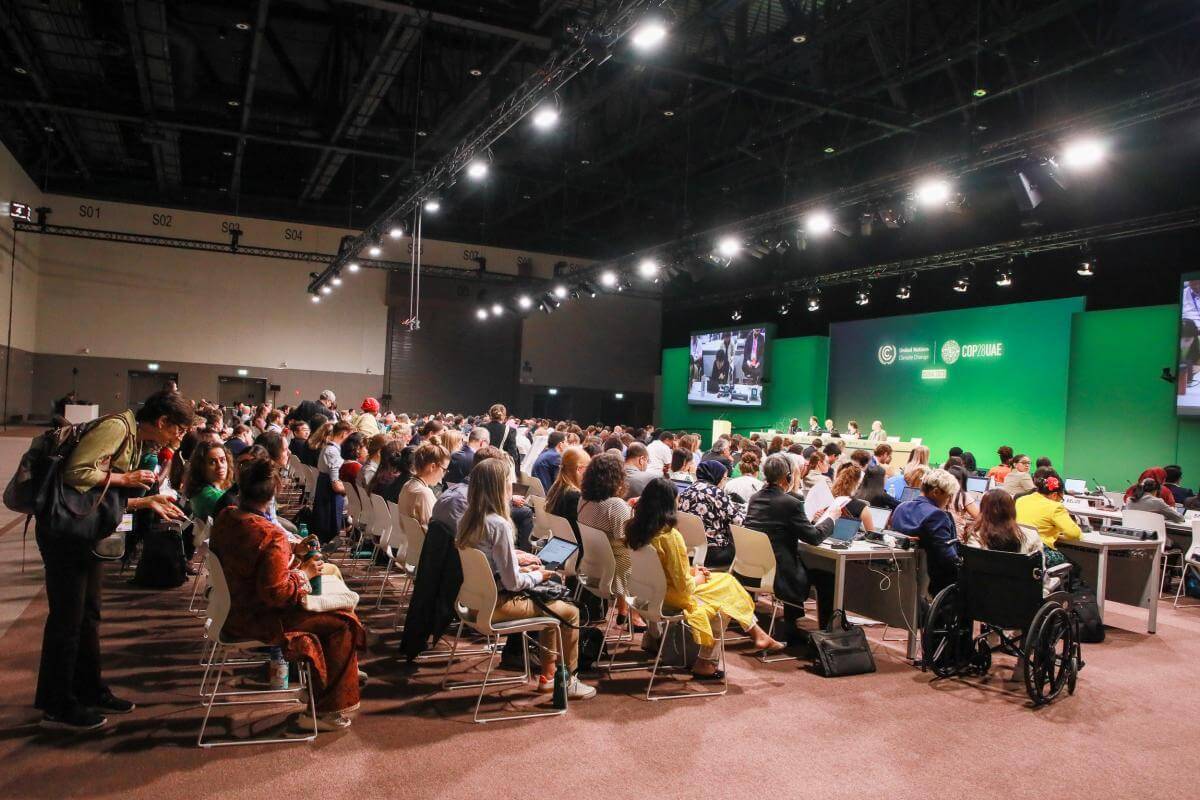
Aligning with the GST outcomes: Challenges and opportunities in ASEAN
The first stocktaking is a test to all parties’ readiness to align with the Paris Agreement. It expresses deep concern over the Intergovernmental Panel on Climate Change’s (IPCC) AR6 findings, especially that the aggregate of all parties to the UNFCCC NDCs are still not aligning with the 1.5 degrees Celsius pathways. The report further underscores the importance of increasing both adaptation and mitigation financing. While acknowledging the existence of ample global capital to bridge the investment gap, it notes barriers hindering the redirection of capital towards climate action.
According to “The IPCC 6th Assessment Report, Global Stocktake Process and its Relevance“ article by the ASEAN-German Climate Action Programme, most ASEAN Member States have updated their NDCs. Some countries have submitted their updates in 2022 in compliance with the COP 26 decision. However, based on the latest NDCs of the Member States, GHG emissions from energy sectors are projected to keep increasing until 2030, and most of ASEAN Member States’ NDCs remain incompatible with the 1.5 degrees Celsius pathways.
Meanwhile, several ASEAN Member States have showcased their adaptation efforts through national policies. Notably, the Philippines introduced the Climate Change Act of 2009 and established the National Framework Strategy on Climate Change (2010-2022), and the National Climate Change Action Plan (2011-2028).
Similarly, Viet Nam has delineated its adaptation strategy in the National Strategy on Climate Change. It has initiated a National Target Program to Respond to Climate Change, acknowledging the significant impacts of climate change on the nation. Likewise, Indonesia has laid out its ambition for adaptation as elaborated in the programmes, strategies, and actions to achieve economic, social and livelihood, and ecosystem and landscape resilience through its updated NDC submitted in 2021.
Cambodia has established technical teams to coordinate the development of a National Climate Change Strategic Plan. Myanmar has established a National Adaptation Program of Action, which serves as a guiding document for identifying priority adaptation projects eligible for funding. Thailand, Malaysia, and the Lao PDR have also implemented significant climate policies at the national level, thereby reinforcing the integration of adaptation and the formulation of plans.
Although most ASEAN Member States have national adaptation policies, only Indonesia, Singapore, and Thailand have submitted their respective Adaptation Communication to the UNFCCC. Meanwhile, Cambodia is the only Member State that submitted its National Adaptation Plan to the UNFCCC as of the time of writing. Responding to the first GST outcomes on adaptation, Member States should indicate their adaptation efforts in their national adaptation plans and/or communicate the same through Adaptation Communication, ensure their submission by 2025, with a commitment to implement them and attain progress by 2030.
Capacity-building poses another challenge, as ASEAN countries exhibit differing readiness levels and capacity to engage in the GST. These disparities result from variations in their institutional arrangements, technical expertise, financial resources, and stakeholder involvement. Moreover, in the adaptation sector, all the strategies and action plans have yet to be translated into national adaptation plans.
In the regional policy context, ASEAN Member States can foster an updated shared vision of dealing with climate change. It is crucial to strengthen collaboration with other regional and sub-regional groups to build alliances and leverage their influence in the global arena. ASEAN Member States should also view the GST as an opportunity to explore new possibilities within the energy transition, nature-based solutions, utilisation of digital technologies, and other low-carbon and climate adaptive measures.
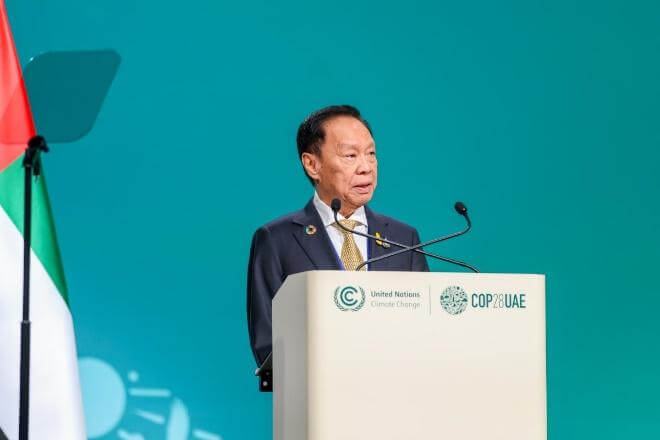
Enhancing support for ASEAN vision
The ASEAN State of Climate Change Report (ASCCR) provides recommended actions towards achieving the ASEAN Climate Vision 2050, which include maximising the synergy between mitigation and adaptation strategies while ensuring sustainable development.
Given the first GST assessment and noting that the pre-2020 gaps in both mitigation ambition and implementation to reduce GHG emissions 20-40 per cent below the 1990 levels by 2020 was not achieved by developed country-parties, it is fundamental for ASEAN Member States to strengthen their climate commitments through their NDCs and national adaptation plans. Article 4, paragraph 9, of the Paris Agreement states that each Party shall communicate a nationally determined contribution every five years by decision 1/ CP.21. Moreover, countries have the flexibility to update or enhance their NDCs between the designated time frames to increase their ambition. This second cycle of NDCs should immediately outline unconditional targets and serve clearer development pathways to peak emissions.
Additionally, ASEAN Member States should incorporate net-zero objectives and policies for a just energy transition and outline plans to phase down (or phase out) fossil fuel usage and transition towards low-carbon, climate-resilient economies. Larger emitting countries are urged to strengthen their mitigation policies, while smaller emitters should align developmental policies with the goals of the Paris Agreement.
As of this writing, many ASEAN countries have submitted their second updated NDCs, which either clarify their initial NDCs or articulate more ambitious targets. The GST outcomes are essential, as countries need to reassess their NDCs after COP28 and explore opportunities for strengthening them to achieve collective goals.
Efforts to adapt to climate change are evident in the policies of several ASEAN Member States, varying in their levels of adaptation readiness. Despite progress in enhancing adaptive capacity and resilience, quantitative climate risk assessments still need to be undertaken. This gap is primarily attributed to the need for more downscaled climate information and local technical expertise.
Further, in the face of urgent calls to enhance action on averting, minimising, and addressing loss and damage associated with climate change impacts, it is timely for ASEAN to develop a set of robust policy guidelines to address such impacts. These include improving disaster risk reduction strategies, and ensuring access to financial support for dealing with loss and damage, one of the key outcomes of COP28.
Given the vulnerability of ASEAN countries to the impacts of global warming, increased support is imperative to address the challenges of climate change. ASEAN Member States belong to different groups, such as G77 and China, Least Developed Countries, and Small Island Developing States, which share common vulnerabilities. ASEAN voices need to be heard in international climate forums. In addition to official country positions and regional statements, academia, research institutions, policy think tanks, and development partners should also be involved to echo more actions and visibility for advocating increased support in dealing with climate change.
The GST is a vital checkpoint to assess progress, achievements, and long-term needs. As a region highly vulnerable to climate change, ASEAN should use this inaugural GST to advance its climate vision, striving to become a resilient and net-zero community.





